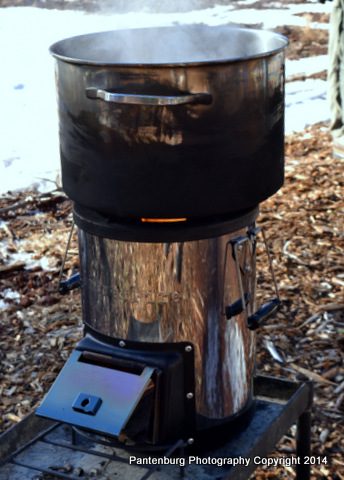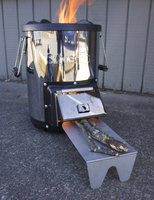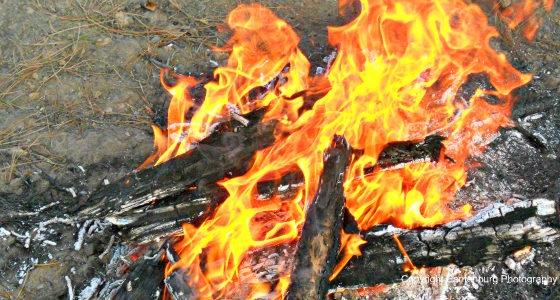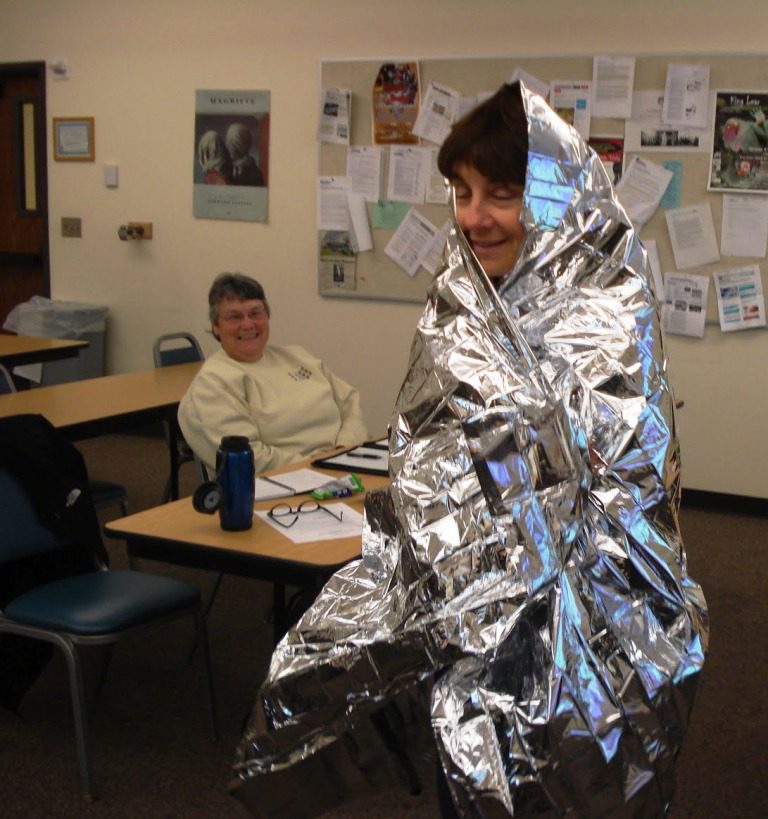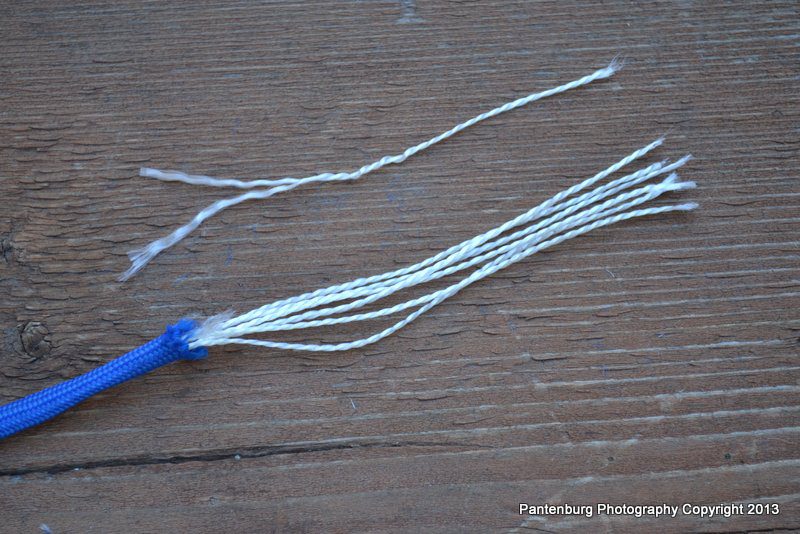I did a review on the prototype SilverFire Survivor a couple years ago and liked the stove very much. The new and improved version makes the stove even better.
by Leon Pantenburg
Disclaimer: SilverFire was a SurvivalCommonSense.com sponsor. Before any advertising was accepted, products were extensively tested and reviewed.
Biomass stoves rock.
You never run out of fuel since, they are powered by twigs, sticks and other organic materials. The units can be lightweight and compact. And during a disaster, a biomass stove can function quite well on woody debris.
I’ve done extensive testing of the SilverFire line, and like it very much. The Survivor, along with its Dragon pot have gone on several Boy Scout campouts, and has proven its worth in blizzards, with below-freezing temperatures. The Scout is my go-to backpacking stove. And you need to try wok cooking as an effective way to quickly and simply provide tasty survival meals.
The Survivor is one of my camping mainstays, and I thought it was about as good as it could get. But I never really liked the wire rack that positioned fuel in front of the combustion chamber. It was a pain to carry around and was always hard to store. And if that rack were lost or misplaced, it would have been harder to use the stove.
This has been changed in the most recent incarnation. A new stainless steel solid plate fuel shelf has been added to the Survivor and it rides inside the stove. As an added safety feature, the rack keeps hot embers from falling through the rack.
This is a result of a rectangular-shaped combustion chamber, that is, as far as I can tell, unique to SilverFire. Many of the competitors’ stoves have a round combustion chamber, which I don’t like. In my EcoZoom, for example, that round combustion chamber is a pain to dump the ashes out of, and the hinged door that swings to the side doesn’t help regulate the heat. The EcoZoom also appears fragile, and it wouldn’t be that hard to screw up the hinges.
Here are the improvements on the new SilverFire Survivor:
- The original cast iron stove top had four pot supports. The stove top includes five pot supports
- The Perlite insulation is no longer available and has been swapped out for rock mineral wool insulation to eliminate Perlite residue (fine dust) that was evident with rough handling by ground transportation services, during transport and deliveries.
- 360 degrees ventilation and ducting. An additional temperature reducing baffle plate has been added to the bottom of the stove to decrease temperature on cooking surfaces. SilverFire claims the Survivor has is the coolest surface temperature below the stove of any product on the market.
I like:
Complete combustion and high thermal efficiency results in fine ash. This ash is the end product of complete combustion and a well designed cook stove.
Light weight: The Survivor weighs 12.5 pounds, which is about half of the StoveTec Deluxe and EcoZoom clay combustion chamber designed stoves. This makes for easier handling and packing.
Think about it: 12.5 pounds is all your stove will weigh. You don’t need to take a stove’ weight and also figure in the weight of propane cylinders, charcoal or other sorts of fuel. For a go-light emergency kit, the new Survivor definitely deserves a hard look.
Stainless Steel exterior: My Survivor has not had an easy life, but it still looks good. Stainless steel can rust, of course, but take reasonable care of the stove, and cover it with a tarp or piece of plastic between uses and it will maintain its good looks. As an aside, I left my original Survivor out in the rain for a week or so, and then fired it up wet. It worked perfectly, and today shows no signs of abuse.
Cast iron top works well: I like being able to put a standard skillet or pan on the top without having to use an auxiliary grill or grid. The five-point top balances pans very nicely.
Other thoughts:
You could use charcoal in the SilverFire, but that kinda defeats the purpose. Charcoal produces pollution both during the production and cooking processes. About 70 to 80 percent of the energy of wood is wasted during the charcoal production process, according to SilverFire, and only one piece of charcoal is obtained from every four pieces of wood used during charcoal production.
Charcoal is very inefficient for boiling large volumes of water for emergency use, recreation, or daily cooking. In addition, charcoal is spendy – the Boy Scout Troop I hang out with regularly goes through 20 to 30 pounds of charcoal at every cooking campout.
Do you need a Survivor?
Well, IMHO, you need some sort of biomass stove. If the powergrid goes down, your propane, charcoal or gas stove will work well as long as you have fuel. A Survivor cooks really well with tiny amounts of fuel, and because of the light weight, it is really portable.
I own several SilverFire stoves, and I depend on them. You can, too.
Please click here to check out and subscribe to the SurvivalCommonSense.com YouTube channel – thanks!

